In this tutorial, we will be showing you how you can set up the LAMP stack on the Raspberry Pi.
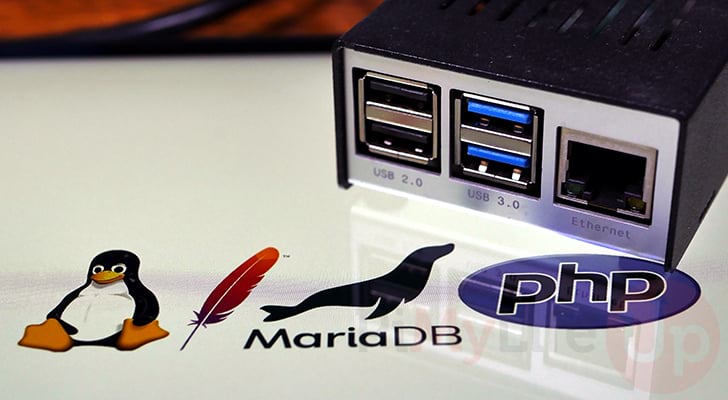
The LAMP stack is a combination of Linux, Apache, MySQL, and PHP. It is one of the most well-used web development stacks and is excellent for someone getting into web development.
We start this stack with Linux. Linux is the operating system that you will be running on your device. In our case, we will be using Raspberry Pi OS, which is built upon Debian.
Apache is what we will use as a part of our LAMP stack to serve any web content from the device.
Then you have MySQL. This software acts as the database server. You can use this to store and retrieve data concurrently. In our case, we will be installing MariaDB instead of MySQL.
Finally, we have PHP. This makes up the final piece of the LAMP stack on the Raspberry Pi. PHP allows you to create dynamic websites where content is created on the fly.
The Raspberry Pi is perfect for setting up a web development LAMP stack as it is relatively cheap to run.
Equipment
Below is the equipment used when setting up the LAMP stack on our Raspberry Pi
Recommended
Optional
This tutorial was last tested on a Raspberry Pi 400, running the latest version of Raspberry Pi OS Bullseye.
Installing the LAMP Stack on the Raspberry Pi
All pieces of the LAMP stack are readily available on the Raspberry Pi and are available through the official package repositories.
This means for you as the end-user that everything can be set up relatively quickly.
Installing Apache to the Raspberry Pi
Apache makes up the first part of the Raspberry Pi’s LAMP stack. This software will allow you to serve content from your device to other clients.

By default, you can access the content served from Apache by using ports 80 (http://), or 443 (https://).
While built originally to serve static content such as “.html“, “.css” and image files, it now has integrations to generate dynamic content.
Some of the server software that combines with Apache to generate dynamic content are PHP and Django. Django is a framework for writing websites in Python, and PHP is its own powerful dynamic language.
To install Apache to your Pi and learn how to configure it be sure to check out our installing Apache guide.
Adding MariaDB to your Raspberry Pi’s LAMP Stack
The database server is the next piece of our Raspberry Pi’s LAMP stack. In our case, this will be MariaDB. A database server is where you will be able to store and retrieve data.

Database servers such as MySQL and MariaDB allow you to store and query large amounts of data rapidly.
To interact with this data, you will use SQL. This language allows you to query the data to retrieve the exact information that you want.
An example of a popular piece of software that will utilize this part of the LAMP stack is WordPress.
To continue, please follow our guide on installing MySQL on the Raspberry Pi. This guide shows you how to install the MariaDB server and how to interact with it using the CLI.
Finalizing your Raspberry Pi’s LAMP Stack with PHP
The final part of the LAMP stack on your Raspberry Pi is PHP. PHP is what will allow you to create dynamic websites where content is generated on the fly.

It makes up for a considerable chunk of the top website’s backends and is the core programming language used for the ever-popular WordPress.
It is a fairly simple It is a relatively simple programming language to utilize, and we even have several tutorials that will help you get started with PHP.
Our Apache guide will walk you through the process of installing PHP on your Raspberry Pi. However, if you want to use the latest PHP on your Raspberry Pi, we also have a guide on that.
Installing Additional Software for your LAMP Stack
While Linux, Apache, MySQL, and PHP make up the LAMP stack on your Raspberry Pi. You may want to install some additional software to improve your experience.
The main piece of software that we recommend installing is called PHPMyAdmin. This web software allows you to easily manage your MySQL/MariaDB databases running on your Raspberry Pi.
Be sure to follow our guide on installing PHPMyAdmin to the Raspberry Pi.
Conclusion
Hopefully by this point in the tutorial you will have successfully set up the LAMP stack on the Raspberry Pi.
The LAMP stack is one of the best for getting started with web development.
If you had issues with setting up any of the software in this guide, please leave a comment below.
Be sure to check out our many other Raspberry Pi tutorials and our easy-to-follow guides.



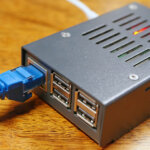
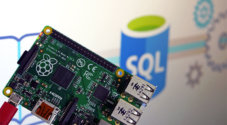
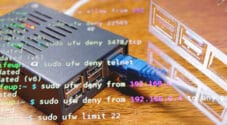


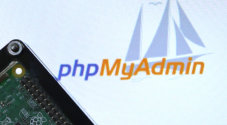
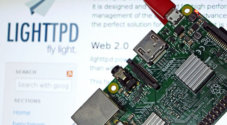
The tutorial doesn’t show how to install MariaDB, it shows how to install MySQL. Not sure why you mentioned MariaDB.
Hi Kristy,
Simply put, the article we link to installs MariaDB and not MySQL despite the way we have titled it. Back when the original article was written, Raspberry Pi OS / Debian used to offer MySQL, MySQL was eventually dropped in favour of MariaDB which is why the steps will now actually installed MariaDB.
Kind regards,
Emmet